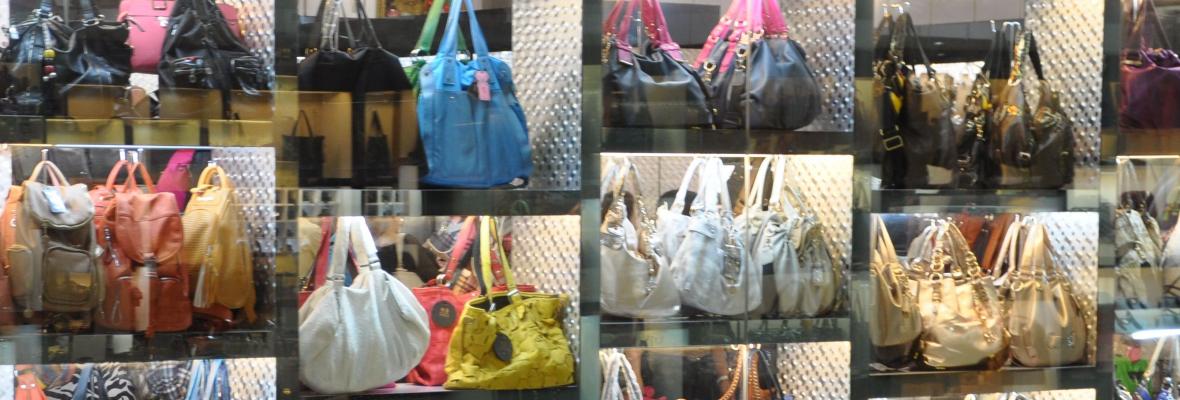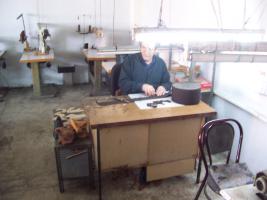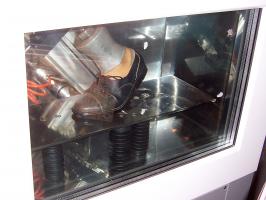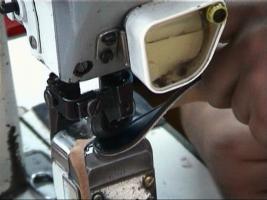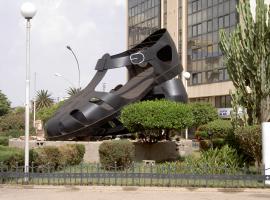You are here
Leather Products
The leather-based industry especially leather products industry (footwear, garment, leather goods) is highly fashion oriented. Moreover, articles made of (genuine or simulated) leather are complementing clothing. Leather products (shoes, garment, leather goods) is important export earner for many developing countries. In many countries leather products export ranks within the first three places in the total export. Especially the footwear industry’s importance to the national economies in developing countries is underlined by the fact that it is the main contributor to the countries export and – being a labour intensive industry – provides employment to the most vulnerable groups of the society (including a large number of women) in towns and villages where other job opportunities are very scarce. The most of the leather products and footwear industry is dominated by small- and medium-scale operations. These SMEs lack of design information, product development knowledge, information and educated personnel for applying up-to-date quality assurance techniques and productive technology. The institutional background is weak in providing necessary services, support and professional training needed for becoming competitive and thus remaining in business (providing/maintaining working opportunities). UNIDO with other institutions and organizations through tailor made technical assistance assisted to up-grade and enhance leather products sector.


